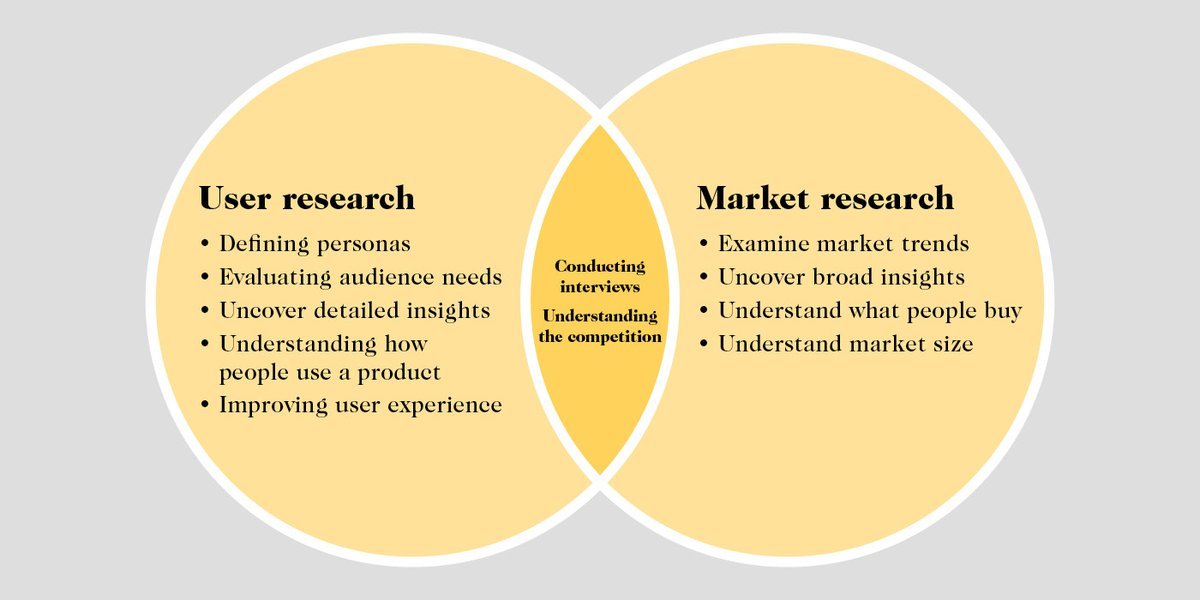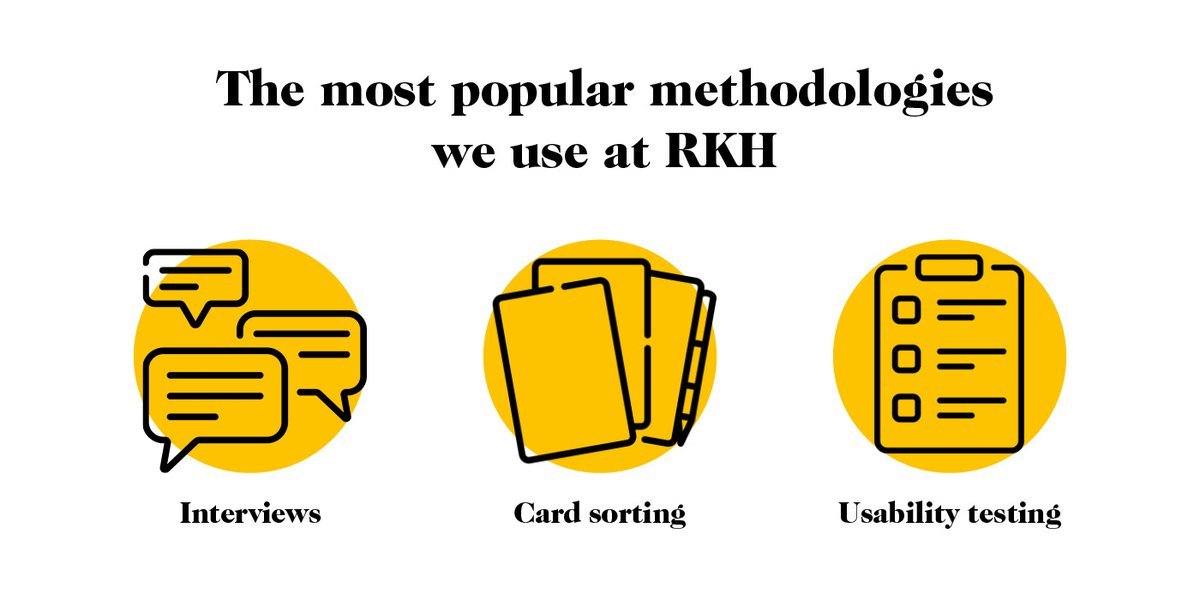Common copywriting misconceptions

Like any profession, there are a few misconceptions about being a copywriter. At the very root of t…

User Research always makes your product better. And yes, I admit it, I’m completely biased here. My role at RKH is to be a User Researcher. I design and conduct studies to understand users’ attitudes, behaviours and beliefs. I talk to users and empathise with their personal experiences. I collect and analyse data. And then I present my findings to the project team; I recommend how best to tackle the current problem with the users’ interests in mind.
Simply put, I get into the minds of your users and figure out what they really want. My work allows you to take away all the guesswork, all the risk, and gives you clarity and confidence that you are heading in the right direction. Or a reason to change direction if you are heading in the wrong one.
Hear me out. User research, despite sounding quite scientific, is actually straightforward when done correctly and well worth considering for a range of projects.
User research is used to understand the user’s characteristics, aims and behaviours towards a product or experience; such as a website, app or anything that you interact with. It tells us who that person is, what they need from the product and what context they will use that product in.
The process uses a variety of investigative methodologies to add context and insight throughout the design process. From one on one interviews to group workshops to testing a new product with users. Combining these methods allows the researcher to gain insight, establish facts and understand the current problems to then provide recommendations on how to improve the product.
Some people understand user research to be about asking people what they want and what they like, or asking people how to solve their own problems or suggest new features for a product. And although there is a place for this, it isn’t the sole reason to do user research.
Market research aims to estimate the size of the potential market and understand people’s attitudes towards a product. It focuses on the bigger picture and aims to uncover high level information about the sector.
User research focuses on people’s behaviour, how they use a product, how they solve everyday problems. It deals with deep insights rather than broad data.

Again, completely biased but stay with me here. It’s important to have a researcher who is impartial to the project, and from those who created the project too. Many people are biased, often without realising so, and this is especially true when it comes to how you think people should use your product. A dedicated user researcher acts as a neutral party between creators and users, removing this potential for bias.
Another reason why it’s good to have a neutral party to do your research is that the participants feel more comfortable. Knowing that the researcher has no connection to the product allows them to relax and speak more freely, knowing that they won’t be judged for what they say.
It’s always important to remember that, as well as you may know your business, you are not your user.
We conduct user research for mainly these two reasons:
You can’t create a great user experience without understanding your users. Without user research, you aren’t able to fully understand why or how they use your product.
By involving your users early on within the design phase you are able to get first-hand accounts of people using your product. They are able to tell you what they like, what they don’t like and what they need from your service. Knowing this will then allow you to make decisions that you know will work and be successful from how your website works to your next marketing campaign.
Let’s look at an example. Let’s say it costs £40,000 on average to create a minimal viable product. Imagine what it would be like to invest that amount of money to then learn that your audience has no interest or need for it.
By doing user research beforehand, it takes all the guesswork out of the product design and development. You are able to fully understand your users and not how they will use the product but also if they need that product.

There are three different types of interviews, each with different goals and used within different contexts.
In a card sort, the users are provided with a set of cards with terms on them and asked to group and categorise them. The goal is to explore relationships between content and better understand how the user perceives hierarchy. We mainly use these to inform sitemaps for a website.
Technically usability testing falls under user testing and not user research (and that’s a whole other blog post!) but it’s widely believed that it does so I thought I would include it.
Usability testing involves asking users to complete a set of tasks and then observing how they do it. This helps us understand the usability of the product.
Having users show you how they complete a task is very different from asking them how they do it. It’s been repeatedly proven that people are terrible at recalling what their typical behaviour is when they are asked. So asking the user to perform a task and then watching them complete it usually reveals areas for improvement and insight into their behaviour.
Your audience can be divided into multiple groups depending on their characteristics and they may be more complex than they appear when you first start looking at them.
By interviewing and understanding their needs you are able to target groups of people whether that’s all of them or for example, targeting a specific group of people with a marketing campaign.
In an ideal world you would have unlimited resources, time and budget to redesign the whole website; from small buttons to whole content pieces to then incorporate this into the new website. Unfortunately, in reality this isn’t the case. From interviewing both stakeholders and users we are able to create business and user needs. These can then help determine what features should be prioritised.
Finally, remember you are not your user. To fully understand and design a relevant product you need to talk to and observe the people who will use it, to truly understand what they need.